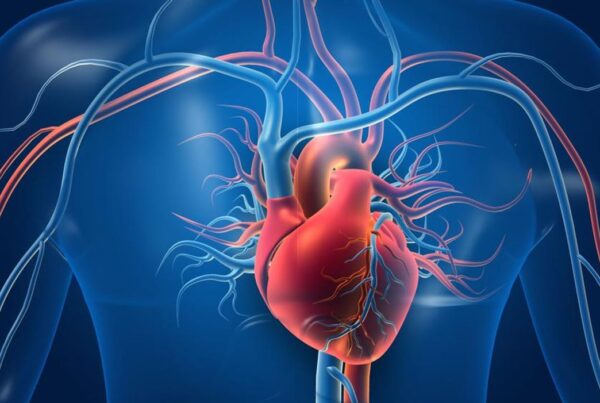Atherosclerosis, also referred to as arterial plaque buildup, is a condition that affects both older people and young individuals, beginning from their salad days. It occurs due to plaque accumulation inside the arterial wall, causing hardening and narrowing that poses a significant threat of heart attack and stroke.
Heads up
The clinical presentation of atherosclerosis is not visible until blood flow gets blocked, which can often take many years. Besides, the symptoms depend on which arteries are affected.
Carotid arteries: These arteries supply blood to the cerebral tissue. When blood flow is restricted, it can lead to hypoxia (decreased oxygen), succeeded by a stroke. Sudden weakness, difficulty in breathing, headache, facial numbness, and paralysis are a few notable signs.
Coronary arteries: Responsible for supplying blood to the central pumping organ, the coronary arteries may deliver less blood to the heart because of occlusion. This complication of atherosclerosis can lead to chest pain, vomiting, extreme anxiety, coughing, and syncope (fainting). It may also cause angina (chest pain due to reduced blood flow to the heart) or a heart attack.
Peripheral arteries: Ineffective circulation to arms, legs and the pelvis by peripheral arteries can present as numbness and pain in the extremities. In severe cases, tissue death and gangrene can be seen, as oxygen and nutrient supply to the musculature and associated connective tissue is reduced. Peripheral artery disease increases the risk of restricted mobility, poor wound healing and even amputation.
Renal arteries: Signs of renal (kidney) artery blockage can include loss of appetite, swelling of the hands and feet, and difficulty concentrating. Such symptoms arise when the blood flow becomes limited and causes chronic kidney disease.
Combating atherosclerosis
Watch your diet: A balanced diet consisting of several fruits, vegetables, whole grains, lean proteins, and healthy fats is critical. Additionally, consider adding foods rich in antioxidants and omega-3 fatty acids, such as fatty fish, nuts, and seeds, to your diet. Avoiding or limiting foods with saturated and trans fats, cholesterol, sodium, and added sugars, is also imperative.
Physical movement: Physical activity promotes cardiovascular health and helps in weight management. If you suffer from any co-morbid health conditions, it is advisable to consult your doctor before beginning any exercise regime. However, 150 minutes of moderate-intensity aerobic exercise or 75 minutes of vigorous exercise each week is considered appropriate under normal circumstances.
Don’t light that cigarette: One cannot stress enough that smoking is injurious to health. Being a modifiable risk factor, stopping cigarette smoking can decrease the incidence of atherosclerosis and help prevent damage to blood vessels and accelerated plaque formation.
Control your blood pressure and cholesterol: Keeping track of your blood pressure regularly and following lifestyle changes like a balanced diet, daily exercise, limited sodium intake, and managing stress can help reduce risk. Maintaining healthy LDL (low-density lipoprotein) or bad cholesterol, HDL (high-density lipoprotein) or good cholesterol, and triglyceride levels is advised.



